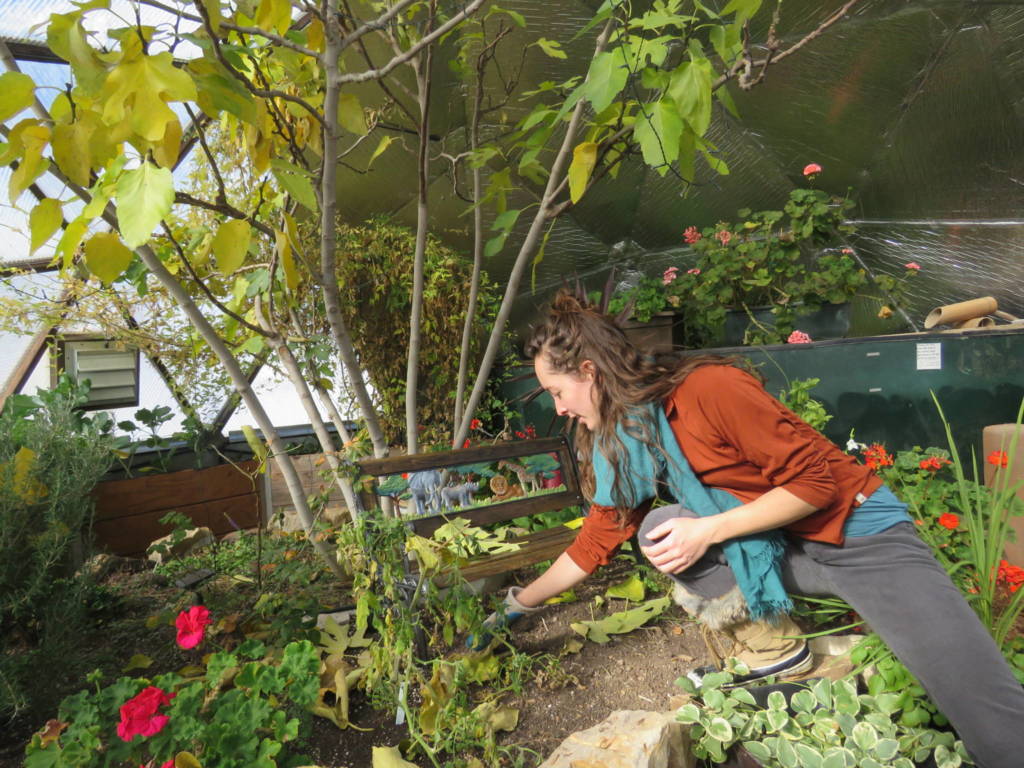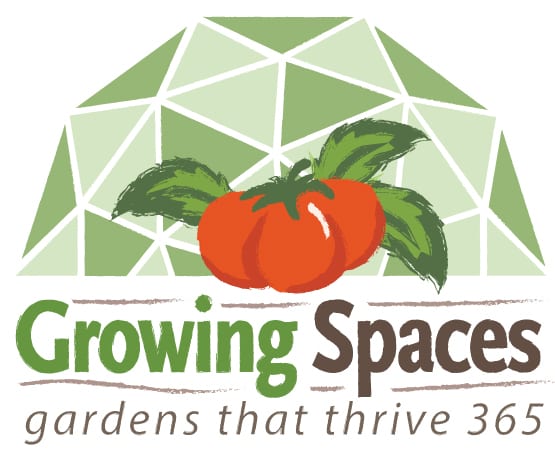

Seed saving as a means to restore and promote the regenerative agricultural movement
Seed saving has saved my relationship with the land. A few years into my gardening journey I felt helpless as to how my work was impacting the environment. Sure, I was growing my own produce, lowering my carbon footprint, and sharing an abundance of passion with my community, but the plants felt like they were on strike.
Seed Saving and Crop Rotation
I began to notice it as the seasons changed; something felt out of sync with the way in which we were pulling and planting crops. Sure, the seasons are great milestones for crop rotation, but are we really following the cycles of nature if we’re pulling plants before their season has FULLY come to pass?
Don’t get me wrong, this works fine…to a certain extent. Yet, after a few seasons of planting and pulling crops in this way, the soil began to weaken from over-tilling, the crops took longer to adapt to transplanting, and they weren’t as resilient to pests and disease.
I felt torn. On one hand the crops had stopped producing, so ‘logically’ they should be removed. Yet who’s to say production is the sole ‘purpose’ of a plant?
The Innate Value of A Seed
When we move from ‘purpose’ to ‘innate value’, our whole perception of the process changes. Seed saving should be innately valued and remembered as a sacred process. Innate literally means that the object itself is of value, not because it has a positive effect on the land and its people (although these are important), but simply for being created in the first place. When we begin to recognize the innate value of a seed, an awakening occurs, a life force emerges. Love grows where love flows.
If we only value a plant for what it can produce, are we really thinking about regenerating our food systems and the land? These plants have more to give than a seasons worth of well-fed bodies. After all, they are designed to reproduce without a farmers hands.

Regenerative Agriculture
Regenerative agriculture and regenerative organics (a term Robert Rodale of the Rodale Institute coined) is a complex and multifaceted topic. It encompasses themes of rehabilitation and conservation to include, amongst many methods, a no-till philosophy (something that our Growing Spaces Demonstration Domes can provide).
Regeneration also implies a prolonged discipline to making a change. It’s not something that can happen overnight, or in one growing season for that matter.
So how does one encourage self-regenerating crops, using a no-till method, over a prolonged period of time? The answer is simple. It lies within the seed.
Seeds and the Intelligence of Plants
If you were to watch the lifecycle of a plant from birth through death, you would discover that death does not come when we decide to pull it out of the ground. In fact, there is an entirely new cycle that emerges after ‘production’ is complete: a regenerative cycle. Quite literally, the plant goes to seed!
Give me a crop and I’ll eat a meal, teach me about seeds and I’ll eat for a lifetime.
I’ve come to discover over the years that seed saving is a way for any gardener to directly contribute towards regenerative agriculture. Essentially, seed saving bestows the gift of cultivating resiliency, both in the plants and within the human psyche.
Seed saving puts the power in our hands and provides us with the reassurance that our gardens will thrive the following season. Why? Because the seeds have become better adapted (especially when sowing winter crops) to our specific soil conditions and thus, germinate better. It also assists with topsoil regeneration because we’re not pulling crops from the ground, only to BUY new seeds to plant. Lastly, it increases insect and plant biodiversity because we’re allowing the crops to be pollinated before we deem them ‘useless’.
If you’re not yet convinced that seed saving is the way to up level your gardening experience, we invite you to join our mailing list to be updated when the following articles are released:
- How to Start a Seed Bank: Supporting Local Agriculture & Economy
- Seed Saving for Garden Health
- How to Save Seeds
- What Makes a Seed a Seed?
